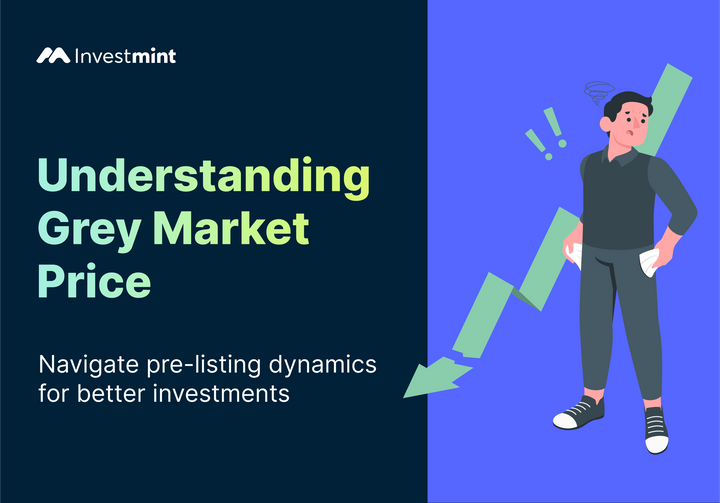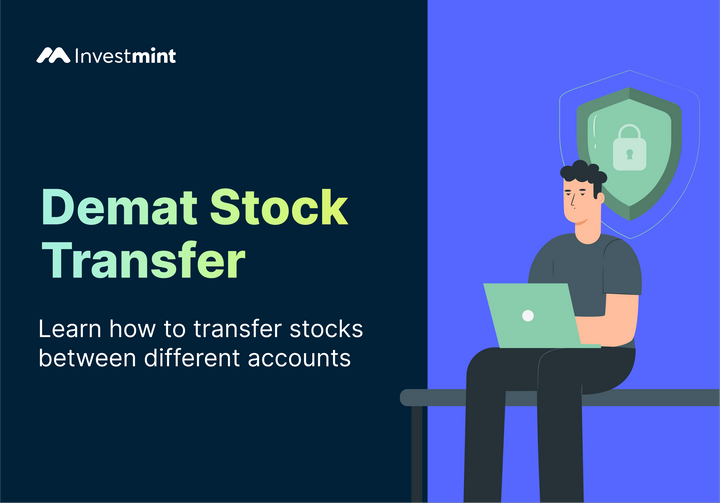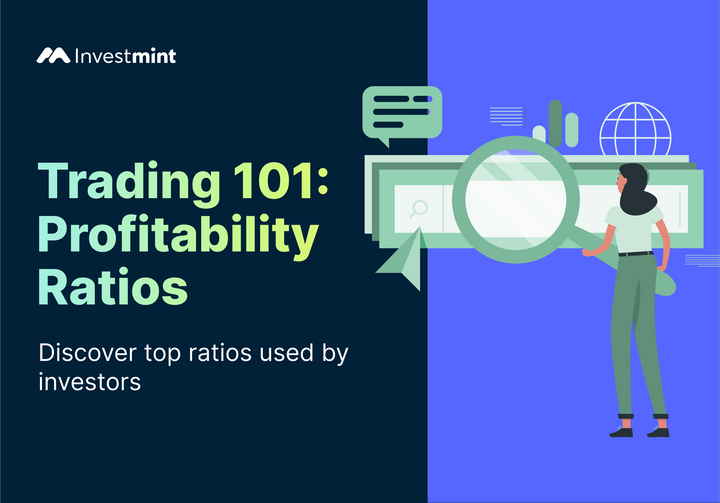Algorithmic Trading - Everything You Need To Know
Automating your trades might seem surreal, but algo trading makes it possible, by eliminating emotions and reducing executing time. Know more here.

The Algo Revolution
In the ever-evolving landscape of financial markets, a silent revolution has been taking place, transforming how trading is conducted. It is a world where mathematical brilliance merges with the art of making money. It is known as algorithmic trading, a domain where numbers rule and opportunity beckons.
Whether you're a seasoned investor, an aspiring trader, or simply curious about the mechanics behind Wall Street's trading floors, you’re in the right place. In this post, we'll explore the critical components of algo trading, how it works, and how you can start algo-trading in India.
But let’s start with the first question,
What Is Algo Trading?
Algorithmic trading is a fancy term for using computer programs, or algorithms, to execute trades in financial markets. These algorithms analyse heaps of data, apply predefined rules, and make trades automatically without human intervention. The idea behind algorithmic trading is to harness the power of technology and automation to make trading more efficient and accurate.
Algo trading utilises the power of technology to swiftly process vast amounts of data, including price movements, volume, and other relevant market indicators. These algorithms are designed to make decisions based on specific parameters, such as timing, price, quantity, or mathematical formulas. The main objective of algo trading is to remove human emotions and biases from the equation by automating the trading process, enhancing efficiency, and potentially generating profits.
Why Is Algo Trading Important?
Algorithmic trading or algo trading plays a crucial role in modern financial markets. It brings speed, efficiency, and precision to trading activities and allows traders to pounce on market opportunities quickly.
It also allows rapid execution of trades, which allows traders to capitalise on time-sensitive opportunities and reduce delays in placing orders. By removing human emotions from the decision-making process, algo trading helps eliminate biases affecting trading decisions, leading to more objective and disciplined trading strategies.
It also contributes to market liquidity by facilitating the execution of large volumes of trades without causing significant price disruptions, promoting smoother market functioning.
Algo trading enables traders to backtest their strategies using historical data, assessing performance, identifying potential weaknesses, and refining their algorithms for improved trading outcomes. Now imagine doing the same, day in and day out. Wouldn't that be tiring?
How Does Algo Trading Work?
Algo Trading uses computer algorithms to analyse market data and pinpoint trading opportunities. These algorithms are like super-smart detectives, sifting through mountains of information to find the best potential trades.
They consider factors such as price movements, technical indicators, and market liquidity to make quick and objective decisions. The algorithms are designed to react swiftly to changing market conditions, execute trades with precision, and manage risk effectively without human intervention. It's like having a tireless assistant working for you 24/7, ensuring you don't miss any profitable opportunities.
Simple Flow Of How Algo Trading Works:
1. Traders or quantitative analysts develop trading strategies based on specific market conditions, patterns, or indicators.
2. Once the trading strategy is defined, algorithms are created to automate decision-making. These algorithms are written as computer code, using programming languages such as Python or C++, and they include rules and instructions for analysing data and executing trades.
3. Algo Trading uses real-time and historical market data to generate insights. Algorithms process data inputs, including price movements, volume, news feeds, and other relevant information, to identify potential trading opportunities.
4. Based on market data analysis, algorithms generate trading signals that indicate when to buy or sell a particular financial instrument.
5. Algo trading incorporates risk management measures to control exposure and protect against excessive losses. Risk parameters, such as stop-loss orders or position size limits, are often built into the algorithms to manage risk levels according to predetermined rules.
6. Once a trading signal is generated, algorithms automatically send orders to the market for execution. This can be done through direct market access (DMA), where orders are routed directly to exchanges, ensuring fast and efficient execution.
7. Algo trading systems continuously monitor market conditions, performance metrics, and risk factors. Traders or quants regularly analyse the results, adjusting the algorithms if necessary. This process aims to optimise performance and adapt to changing market dynamics.
Advantages And Disadvantages Of Algo Trading
- Algo trading brings increased speed and efficiency. It can execute trades at optimal prices, taking advantage of even the tiniest market fluctuations.
- Another perk is that it helps reduce emotional biases that can cloud judgment when trading manually. Plus, algo trading can easily handle large volumes of trades, which would be challenging for a human trader to do alone.
However, algo trading also has its drawbacks.
- It heavily relies on accurate data and robust algorithms. If the data is flawed or the algorithms have errors, it can lead to wrong actions and significant financial losses.
- Technical failures, such as connectivity issues or software glitches, are also a concern.
- Additionally, reliance on automation can make adapting to unexpected market events difficult. Markets can be unpredictable, and algorithms may struggle to adjust or respond effectively in real time. It's essential to be aware of these risks and take appropriate management measures.
How To Start With Algo Trading In India
If you want to start algo trading in India, here's a roadmap.
- First, understand financial markets, trading principles, and the fundamentals of algorithmic trading. Acquire programming skills or find a programmer to code your strategies, as coding knowledge is essential.
- Once knowledgeable, select a reliable platform supporting algo trading with market data and order execution. There are many algo trading software available in the market. Ensure compliance with regulations and relevant laws.
- Next, start small and test your strategies before going live. Backtesting using historical data is a great way to validate your strategy. You can also try paper trading, making simulated trades without real money, to fine-tune your strategy under different market conditions. Gain confidence in your strategies before transitioning to live trading.
Remember, successful algo trading requires careful preparation and continuous learning. It's a journey where staying curious and adaptable is crucial.
Summary:
- Algorithmic trading, also known as algo trading, uses computer algorithms to execute trades in financial markets automatically. It aims to make trading more efficient and accurate by harnessing the power of technology and automation.
- Algo trading is crucial because it brings speed, efficiency, and precision to trading activities. It allows for the rapid execution of trades and removes human emotions and biases from decision-making.
- Algo trading is a broad concept, but specific approaches exist. Quantitative trading involves mathematical models and statistical analysis, automated trading focuses on automating trade execution based on predefined rules, and high-frequency trading aims to execute many trades at lightning-fast speeds.
- Algo Trading uses computer algorithms to analyse market data and generate trading signals. These algorithms consider factors such as price movements, technical indicators, and market liquidity to make objective decisions.
- Algo trading has advantages such as increased speed, efficiency, and the ability to handle large volumes of trades. However, it also has drawbacks, including the reliance on accurate data and robust algorithms, the risk of technical failures, and the challenge of adapting to unexpected market events.



